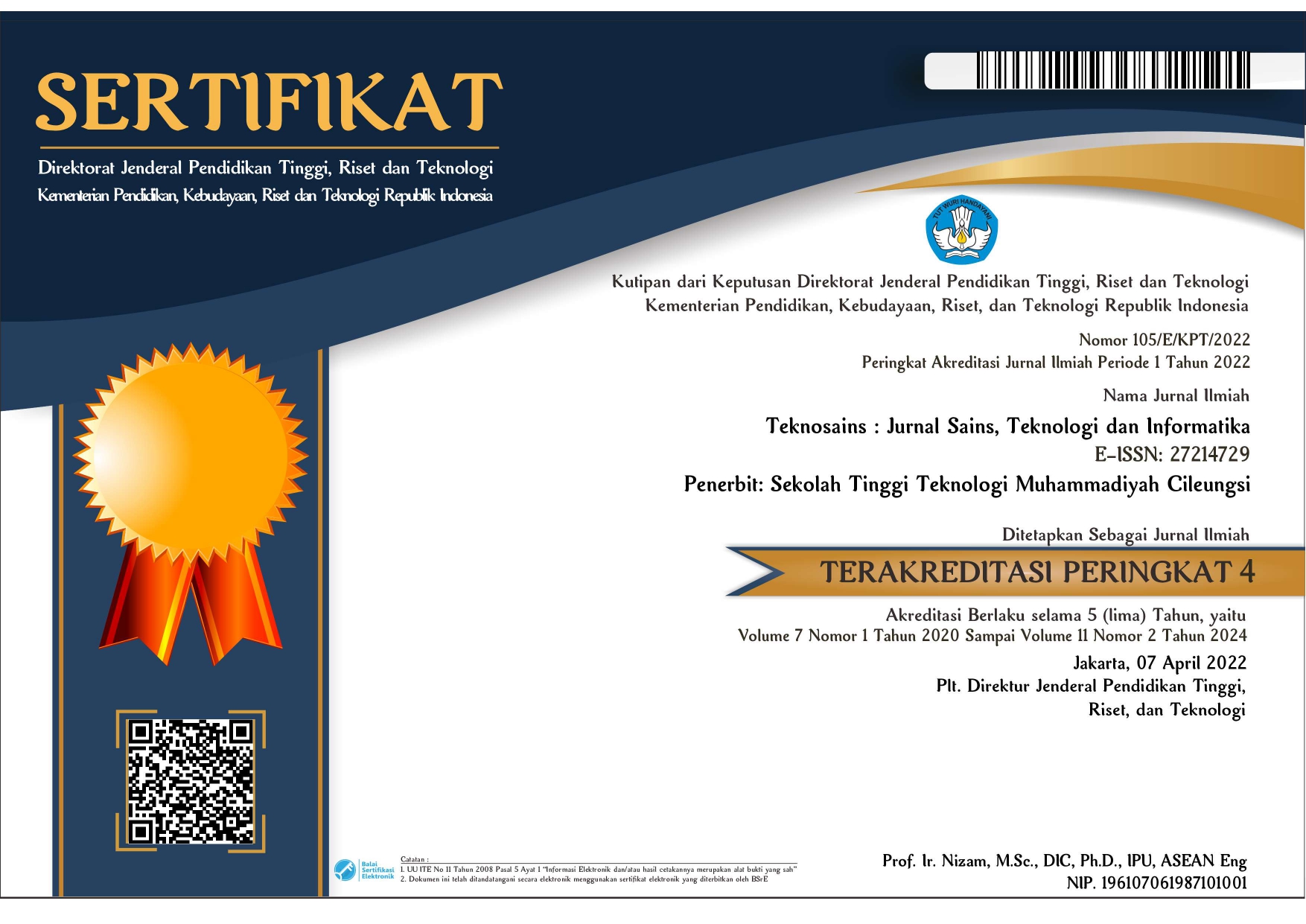Overview of 5G services and spectrum deployment in urban regions
Abstract
The development of 2G, 3G, 4G, WiFi, and other advancements that provide greater reliability and coverage and are focused on high data rates and low latency has led to the development of 5G technology. We must, however, overcome a number of obstacles before we can deploy 5G in Indonesia, particularly in terms of choosing the appropriate frequency. This assessment can help in assessing and resolving issues with spectrum, infrastructure, and other technical factors while also helping to understand the demands and characteristics of urban areas and determine the best spectrum allocation to fulfill the increasing demand for connectivity in urban areas. This study's methodology include a qualitative literature evaluation and mini-review of related studies. This study attempts to review 5G technology and discuss the difficulties and barriers that must be overcome for it to be used in urban settings. The findings of this study point to significant difficulties and barriers in the deployment of 5G networks in Indonesia. If rules are in place to support them, particularly those regarding the frequency band designated for 5G, all hurdles and obstacles will turn into possibilities. The primary frequency range needed for 5G implementations, particularly the 700 MHz (low band) frequency, 3.3–4.2 GHz (mid band), and 24.2–29.5 GHz (high band), must be able to access enough spectrum to meet the demands expected of 5G implementations. In order to increase outdoor capacity in cities with high user concentrations, high-band radio frequency offers convenience in satisfying user needs according to user density and area distribution. for instance, near other public areas, the major business district, and train and bus stations. In comparison to high band radio frequency, low band and medium band radio frequency have a greater coverage area, making them more suitable for use in rural areas with low population densities but strong demand for network services. The requirement for network infrastructure has the same issues as 4G network services, including a lack of coverage for all of Indonesia. Urban areas have more internet users than rural areas, therefore there is a need for suitable infrastructure to expand the reach of 5G technology, which has extremely low latency, address network capacity issues, improve coverage, and offer superior 5G NR services
Copyright (c) 2024 Suryanto Suryanto, Yuli Kurnia Ningsih

This work is licensed under a Creative Commons Attribution-NonCommercial 4.0 International License.










